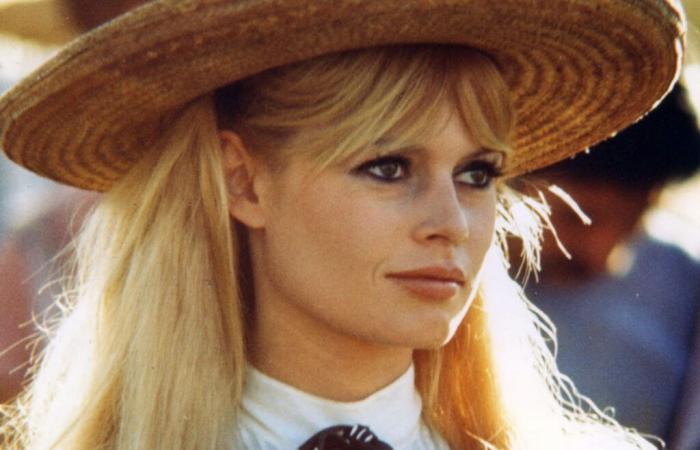Out of its favorite wardrobe, it acts as a revolution. It is one of those classic pieces which, diverted by fashionistas, end up taking on something non-conformist, even reformist. Brigitte Bardot wore it with great style in the 60’s.
This is an accessory that has made history, and that it will be impossible not to see in the coming months. Seen at the Saint Laurent spring-summer 2025 show, he didn’t wait long to move from the catwalks to the streets. Initially a symbol of social distinction, fashionistas are already wearing it to boost their fall look and give it that “je ne sais quoi” that leaves you speechless.
Usually, it is sometimes displayed on the uniforms of schoolchildren, sometimes on the suits of businessmen. What do these locker rooms have in common? Their formal side. It is he who establishes the identity of this accessory worn by our grandfather, our father, and which gives that touch of seriousness to any outfit. Oscar Wilde even said “a tie tied well is the first serious step in life. Marlene Dietrich, Brigitte Bardot, Lady Di: the greatest female fashion icons have worn it at least once in their lives.
Born in 1923 under the leadership of Jesse Langsdorf, the tie has its roots in the Croatian army, French royalty and dandyism. An accessory of power, it is reserved for men wishing to display their status and reaffirm their place in the patriarchy. You just need to see the shape to understand why: the tie points directly towards the crotch, making it the phallic symbol par excellence.
In the 1930s, it took over the wardrobes of women, who used it to blur gender boundaries, break codes and seize a power that they were not allowed to have. In their fashion vocabulary, the tie takes on an impertinence that contrasts with its original propriety. In the 1960s, Brigitte Bardot had a field day wearing it off and on screen. She wears a tie with unparalleled stylistic versatility: enough to give us some ideas on how to wear it well.
Alongside her millionaire Gunter Sachs, she wears it in a look with a British rock’n’roll look that we would steal from her without hesitation. Fitted suit set, carefully closed double-breasted jacket over a shirt buttoned up to the collar: BB wears a tie better than his companion and overshadows him on his own playing field.
But Brigitte Bardot likes to wear it in a more relaxed style: she then pairs it with straight-cut, tapered jeans and taperedballerinas, as well as a shirt oversize.
In the movie Babette goes to war (1959), she puts it on for the needs of her character, but we can imagine her wearing it in her life off set.
Following in BB’s footsteps, many women began to wear it, helping to democratize it and explode the gendered dimension it takes on. Over the years, it has also shed its professional label to appear on the most casual styles… And this is all the more true at present, since the masculine-feminine and “workwear” trends are the big trend for fall-winter. It is in particular the thick version of the tie, businessman style from the 80s, which is making a comeback.
Where yesterday, the sartorial rebellion by the tie took place in the boundaries between locker rooms (masculine vs. feminine, professional vs. casual), today it takes place in the way it is tied and/or the place where it is placed. .
Fashionistas enhance its overly strict look by tying it in a less classic way, not like a tie, but rather like a bow tie. Others choose to move it from the neck to the waist: it then takes on the appearance of a belt.
As you will have understood, there are as many ways to wear a tie as there are to tie it. Swedish mathematicians have estimated this number at hundreds of thousands… Which gives us infinite stylistic possibilities.







